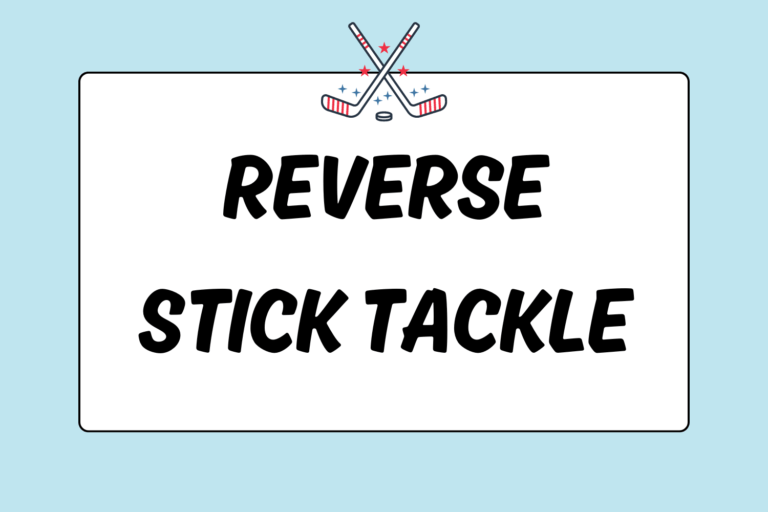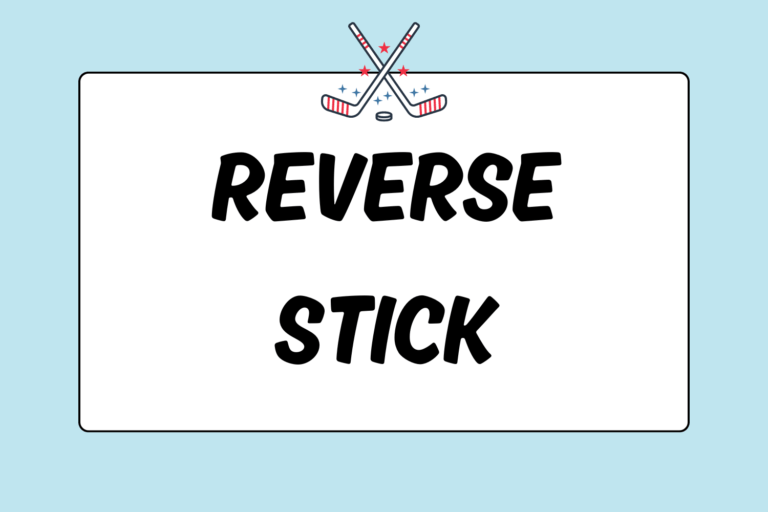Defensive tackles are used to take possession of the ball away from an opponent. A tackle in field hockey does not involve body contact. Rather, it is a defensive maneuver involving the stick — a player uses her stick to steal the ball from her opponent. However, before you can steal the ball away, you need to incorporate defensive tactics into your tackle strategy.
Channeling and jabbing are the main defensive techniques used by both offensive and defensive players to regain possession of the ball. This guide will teach you how to channel an opponent and jab tackle.
Channeling
In a game, you can’t just tackle a player — you need a plan of action, like channeling. Channeling is commonly used by defenders to guide attackers away from their defensive goal. It is done by staying on the inside of your attacker (putting yourself between her and the goal), while using your stick and body positioning to guide her away from the goal and toward the outside of the field. To channel an opponent:
- Keep about a stick’s distance between yourself and the attacker.
- Using the basic grip on the stick, keep the bottom of the stick low to the ground. Be prepared to intercept any passes.
- Watch the ball, not your opponent’s stick. Always stay goal-side (between the player and the goal) and ball-side (between the ball and the goal) to your opponent. Basically, keep her between you and the sideline.
- Defend at an angle and do not allow your opponent to cut to the inside of the field. That is, keep your body angled (stomach facing towards your opponent) to block her from cutting towards the center.
- Your main goal is to channel the player away from the goal — cutting off her passing options — and to capture the ball.
Besides losing the ball from your tackle, your presence and channeling tactic can cause the other team to give the ball up by forcing them to:
- Pass the ball over the sideline or end line (out of bounds), resulting in a free hit for your team.
- Pass the ball inaccurately to a teammate, allowing an easy interception.
- Stumble and lose control of the ball while dribbling.
- Commit a foul when receiving or dribbling the ball.
Stick Tackle
Now that you understand the most common strategy used to tackle a ball, you need to know how to tackle. Tackles are defensive tactics used to steal the ball away from your opponents while they have possession. And again, using a tackle in collaboration with a defensive strategy, such as channeling or marking, will have the greatest impact.
Jab
A jab keeps your opponent focused on the ball so she can’t scan for passing options. Jabs also provoke your opponents into making mistakes. When you are channeling, make sure that you are continuously making quick jabs at the ball. To complete this tackle:
- Channel your opponent.
- Hold the stick in your left hand, positioned at the top of the grip.
- Stay light on your feet for quick maneuverability.
- Watch the ball, not the opponent.
- Thrust your stick forward towards the ball.
- Hit the ball with the toe edge of the stick. The stick should be angled so that the flat side is facing up towards the sky.
- If you can knock the ball free from your opponent, use the hook of your stick to grab the ball and dribble in a new direction.
When you are making jabs at the ball, there are also a few tips to keep in mind:
- Keep both hands on the stick when you are channeling: As soon as the ball comes off your opponent’s stick (even slightly), hold the stick with your left hand and jab.
- The jab should be fast: Face your opponent, and extend your arm and stick towards the ball. Pull back quickly to maintain your channeling position.
- Get low: How low you get depends on your relation to the ball; the further away you are, the lower you will need to get to extend your arm.
- Be bold: Always stay confident in your jabs.
Hot Tip: Goalies Jab, Too
Although goalies generally use their feet to stop the ball, on breakaways, it is common for them to use their sticks to jab at the ball. By placing their sticks in the opponent’s line of vision, it helps to distract the attacker. So, jabs are the universal defensive technique in field hockey — everybody does it!
Do Not Dive In
In tackling, you should give a certain level of commitment to the move. However, there is a fine line between commitment and diving in. Diving in is when you run up to the player and commit to a tackle before channeling. There are certain tackles that require this; however, if there is no strategy backing the tackle, it can result in an easy dodge for the opponent.
Channeling and applying pressure are the best types of defense. Your presence is good enough to distract your opponent, and you can create enough pressure that she makes a mistake when trying to avoid you.
The best piece of advice is to stay in position and light on your feet for every tackle. By being ready for unpredictable changes, you will be more successful in your tackles and defensive techniques. If your first jab is not successful, do not give up. By giving up, you essentially give your opponent free range of the field. Stay strong and continue to defend until you get help from a teammate.





